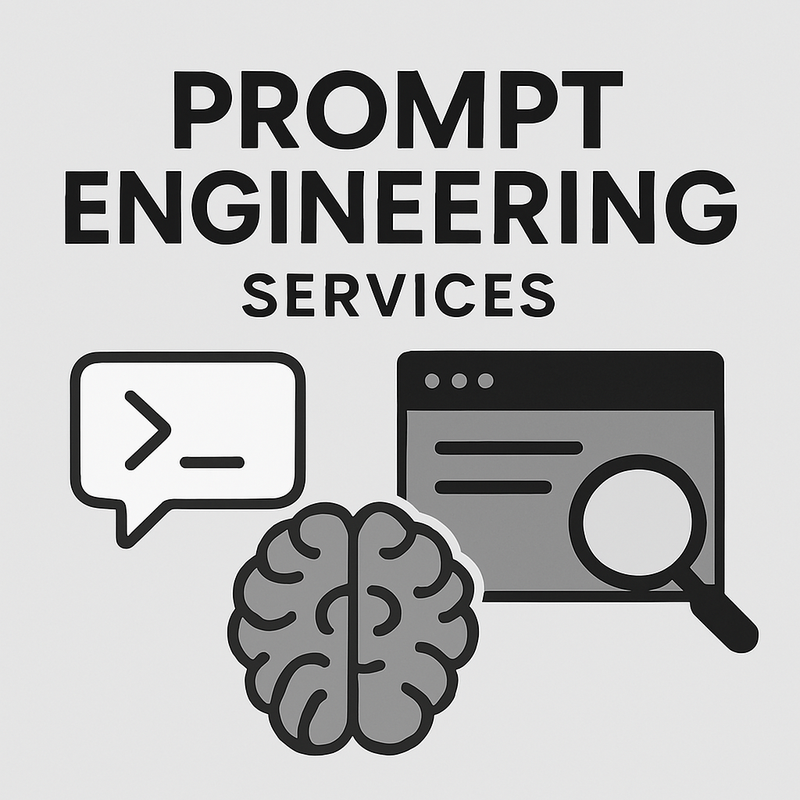Prompt Engineering

🧠 1. Prompt Generation & Dataset Creation
Creating high-quality instruction-response pairs for LLM fine-tuning
Generating few-shot and zero-shot prompts tailored to different domains
Designing multi-turn conversation prompts for chatbots and assistants
Building task-specific prompts (e.g., summarization, classification, translation)
✍️ 2. Prompt Annotation
Human labeling of prompt quality, clarity, and relevance
Annotating responses for helpfulness, factual accuracy, tone, and bias
Adding metadata (e.g., task type, difficulty level, domain tag)
Identifying and tagging hallucinations, inconsistencies, or safety issues
✅ 3. LLM Output Evaluation
Human evaluation of LLM-generated responses using custom rubrics
Scoring for fluency, correctness, creativity, and context awareness
Comparative A/B testing between prompt versions or model outputs
Red-teaming prompts to evaluate robustness and safety
🛠 4. RLHF Data Generation
Generating datasets for Reinforcement Learning from Human Feedback (RLHF)
Creating ranking annotations (e.g., Rank-2 or Rank-3) of LLM outputs
Labeling responses with reward scores for model tuning
🧩 5. Prompt Template & Library Development
Building domain-specific prompt templates (e.g., legal, medical, finance)
Maintaining a prompt library with reusable, modular formats for client use
Creating tool-specific prompt sets (for OpenAI, Anthropic, open-source models)
🔍 6. Prompt Safety & Ethics Review
Annotation of prompts and completions for toxicity, bias, or unsafe content
Filtering and flagging unsafe instructions or adversarial prompts
Building safety datasets for LLM alignment and moderation
🌐 7. Multilingual Prompt Services
Prompt creation and annotation in Arabic, English, and other supported languages
Cross-lingual evaluation of prompts and translations for LLM applications